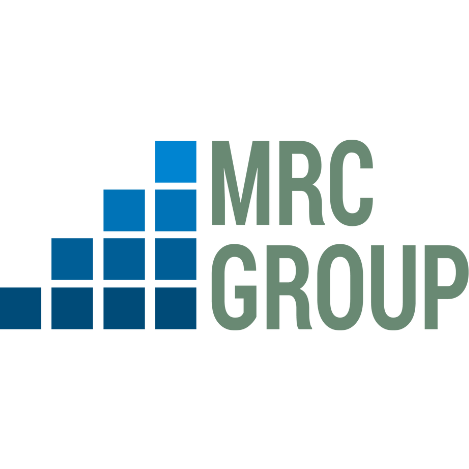








Understanding Estimated Billing
Electricity customers in Nigeria can be classified in different ways. For this post, we have split them into two groups: non-estimated billing customers and estimated billing customers.
Non-Estimated Billing customers: These customers either have pre-paid meters which enable them to pay for energy before consumption or post-paid meters which the DisCos can access and read before issuing a bill at the end of a billing cycle.
Estimated Billing customers: These include post-paid customers who have faulty or inaccessible meters and customers without any form of metering technology installed on their premises. They pay for electricity services after consumption and are the focus of this writeup as they are the beneficiaries under the Capped Estimated Billing Order. These customers do not have prepaid meters and are therefore subject to the estimated billing process whereby their consumption is billed based on a certain methodology. This methodology tends to lack uniformity and varies by Disco, as such these customers often stand the risk of being underbilled or overbilled.
Order on Capping of Estimated Billing
As the Nigerian power sector regulator, the Nigeria Electricity Regulatory Commission (NERC) must balance the fair treatment of consumers and operators in the market. This means that it must step in when it discovers unfair practices towards customers and vice versa, as an important responsibility they have is to ensure that utility operators & owners make a return on their investment .
Recognising that estimated billing must be regulated to prevent unfair billing practices, NERC established the Estimated Billing Methodology in 2012, before the privatisation of the power sector in 2013. However, this methodology did not provide the expected results as it was largely dependent on the adequate metering of feeders and transformers in the DisCos’ franchise areas which was at very poor levels at the time.
For many years, the initial methodology remained and had poor implementation & monitoring, leading to multiple complaints by customers who claimed they were being overbilled by Discos. To address this, NERC issued the Order on Capping of Estimated Billing in 2020 which outlined a new methodology for estimated billing.
The Current Methodology
The current methodology applies to only unmetered Non- Maximum Demand (Non-MD) customers which are primarily residential consumers or households. These are customers that consume electricity at the lowest voltage level out of all customer classes (Residential, Commercial and Industrial Customer classes).
NERC’s capping order mandated that energy bills for these unmetered customers should be determined by first assessing the actual consumption of non-MD customers with installed pre-paid and post-paid meters based on consumption data available on distribution transformers and feeders. Once this is done, a weighted average of the energy consumption of the pre-paid and post-paid metered customers is calculated to determine the estimated consumption of the estimated billing customers. This estimated consumption then forms the basis of an energy cap, which is the maximum amount of energy customers without electricity meters can be charged under this new methodology.
The cap varies across the different feeders in the different business units/districts Discos network and every month, NERC releases the energy caps for each feeder/area in every Disco’s network.
The Recent Penalties
In September 2022, NERC issued a Performance Monitoring Framework which mandated DisCos to start reporting on seven key performance indicators one of which was “Compliance with the Order on Capping of Estimated Billing”. The inclusion of this as a KPI was to ensure that DisCos complied with the monthly energy caps as issued by NERC.
NERC conducted a performance review of DisCos’ activities between January and September 2023 and found that all 11 DisCos had at various points over-billed their unmetered customers. This could have been as a result of intentional failure to implement the capping order, or omissions due to their various billing platforms. Following this determination, NERC issued a rectification directive which stipulated a 14-day compliance deadline and stated that further regulatory actions would follow where non-compliance continued. Upon the lapse of the 14 days, the DisCos were found defaulting.
As a consequence, NERC determined that DisCos should issue credit adjustments to affected customers and also pay 10 percent of the total over-billed amount as a penalty. This sum is to be deducted from their annual allowed revenues.
The chart below shows the breakdown of the sum attributable to each DisCo.
Ikeja, Abuja, Port Harcourt and Eko DisCos had the highest penalty sums, all above N10 billion while Kano, Ibadan and Yola DisCos had the least, all below N1 billion.
The Result
Following the publication of the penalties, many customers now believe that DisCos have been over-charging them, essentially charging them for energy they did not consume. However, this is not entirely true.
Where there is a cap on consumption without checks to ensure that consumption stays within the prescribed limit, the result is likely to be an increase in consumption by the targeted customer group.
While unmetered customers are protected under the current capping methodology, it fails to address scenarios where the customer consumes over its allocated energy cap, and as we said in the beginning, DisCos should be able to make a reasonable return/profit on their investments, and recover adequate revenue for efficient operations and settlement of market invoices. Therefore, one could argue that the methodology should also account for such instances so that DisCos do not incur losses as a result.
To achieve this balance, it may be necessary to either review the existing methodology or simply explore new models for closing the metering gap which stood at 45 percent in Q3 2023 for the whole NESI. If pre-paid smart meters are successfully installed for each registered customer, estimated billing will effectively become non-issue.











